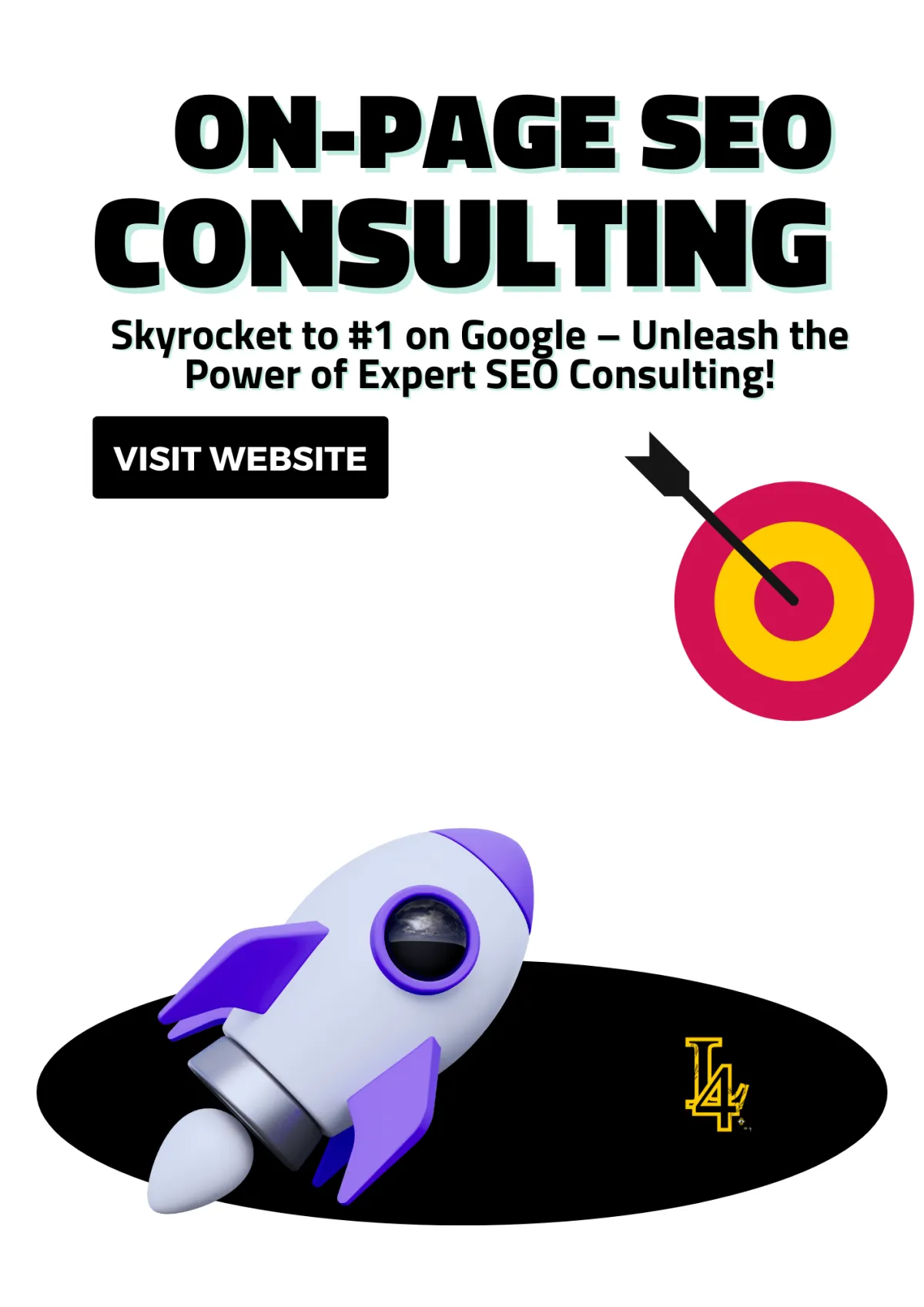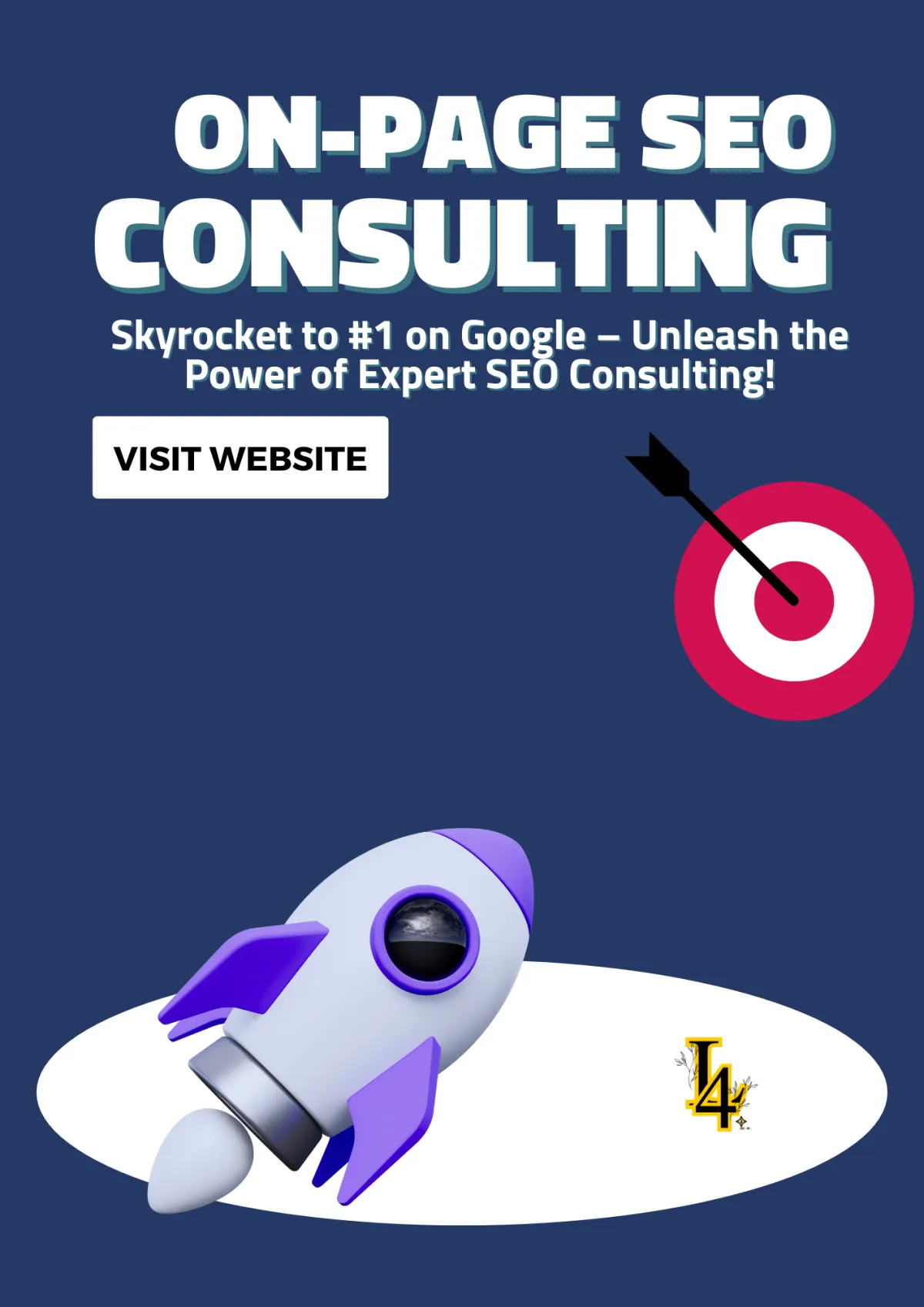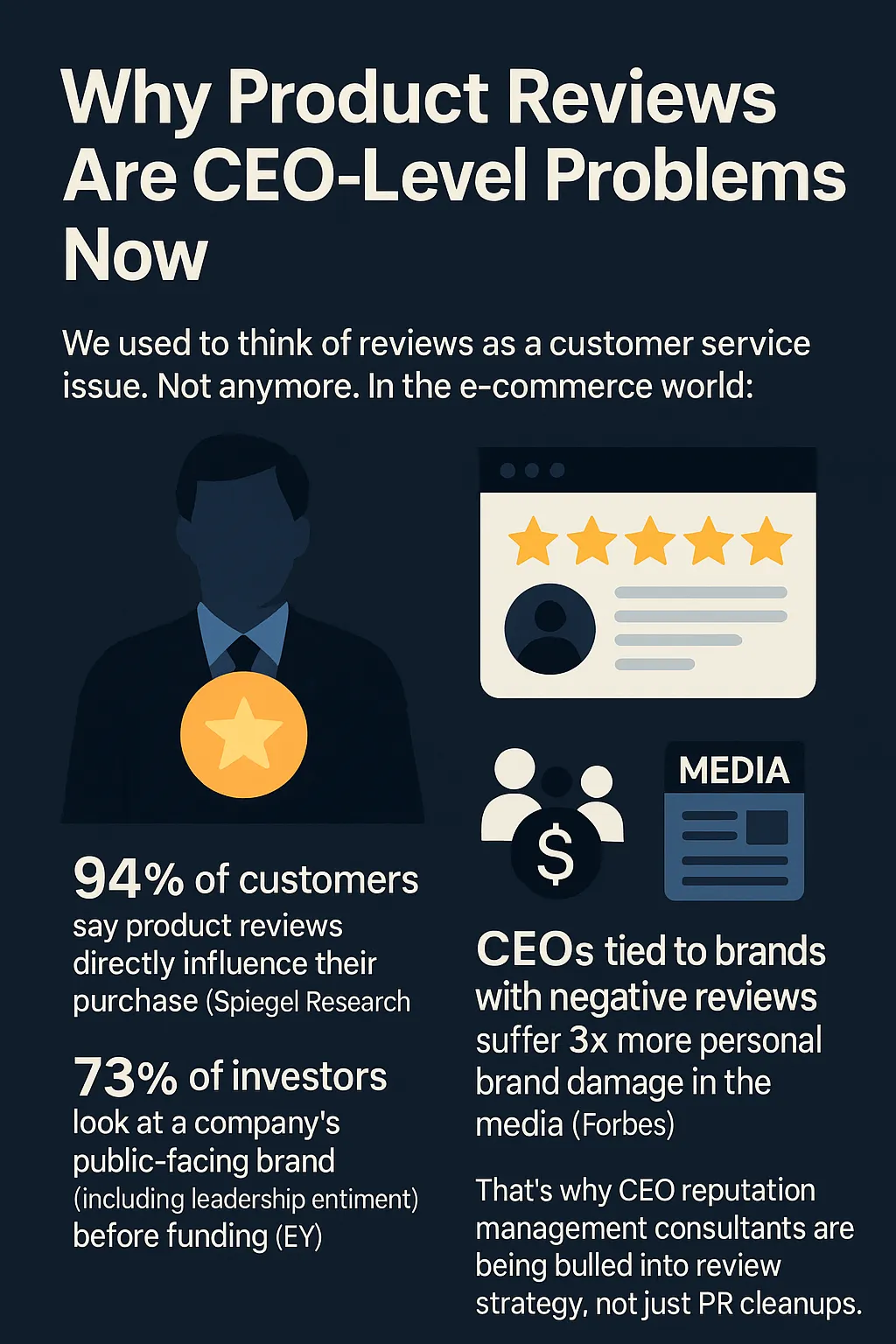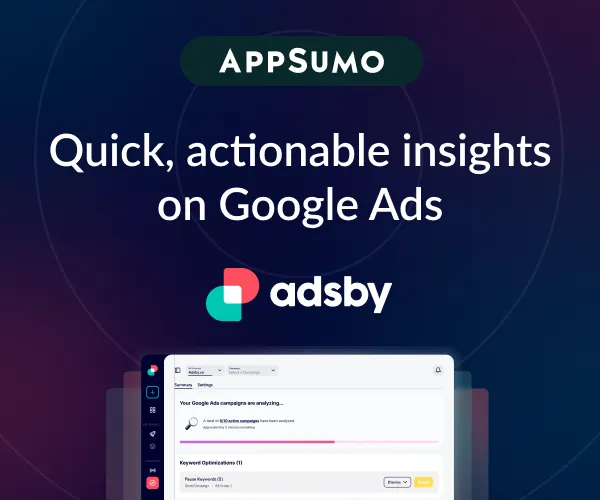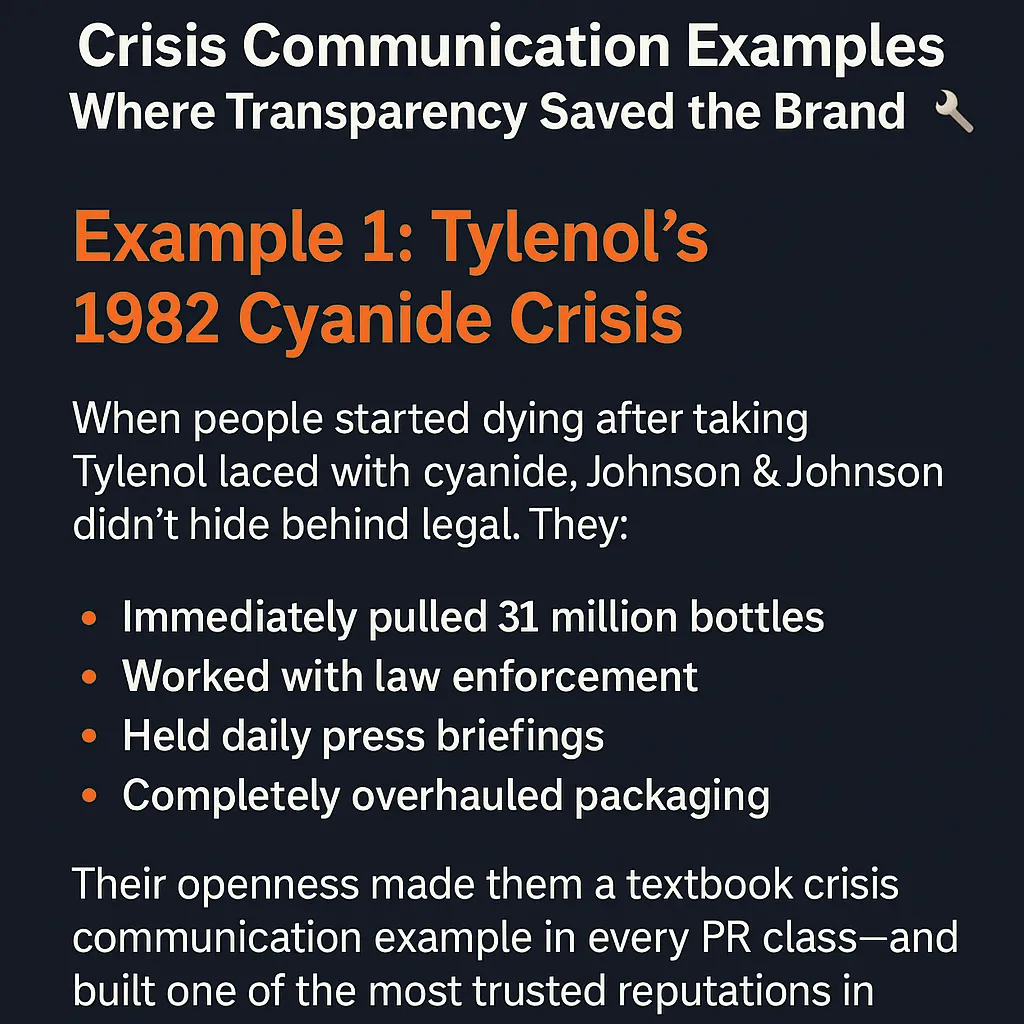
Why H1 Tags are Important, and How to Use Them for SEO

Regarding SEO, flashy trends and complex algorithms often steal the spotlight. But sometimes, the basics—like your H1 tags—pack the biggest punch. Think of your H1 tag as a first impression, a signpost, and a handshake all rolled into one. Done right, it guides search engines, reassures visitors, and gets your content noticed. In this article, I’ll walk you through why H1 tags matter, how to audit yours, and the simple changes that can deliver big results. Let’s get started!"
What Are H1 Tags?
An H1 tag is the main heading of a webpage and a crucial component of your content structure. It’s often the first thing both search engines and users see when they visit your site. For search engines, the H1 tag acts as a roadmap, providing context about your page. For users, it serves as a guidepost, reassuring them that they’re in the right place.
Why H1 Tags Matter:
Improve Search Engine Clarity: H1 tags help Google and other search engines understand your content’s focus.
Enhance User Experience: A clear, relevant H1 tag immediately informs visitors about the page's purpose.
Boost Keyword Relevance: Incorporating your main keyword into the H1 tag signals its importance to search engines.
Why H1 Tags Are Crucial for SEO
1. They Help Search Engines Understand Your Content
When Google crawls your site, it looks for clues to determine the page’s relevance to specific queries. Your H1 tag acts as a primary signal, telling Google what your page is about. If your H1 tag is optimized with relevant keywords, it increases your chances of ranking higher.
Stat: According to Backlinko, websites with properly optimized H1 tags are more likely to rank in Google’s top 10 search results compared to pages without them.

2. They Enhance User Experience
An H1 tag doesn’t just serve search engines—it’s also for your visitors. A clear, concise H1 tag reassures users that they’ve found the information they’re looking for. This improves engagement, reduces bounce rates, and increases the likelihood of conversions.
Tip: Think of your H1 tag as a road sign for your website. Make it clear, relevant, and engaging to guide users effectively.
3. They Improve Keyword Relevance
Your H1 tag is a great place to include your primary keyword. This signals to search engines that your page is highly relevant to queries containing that keyword. For example, an H1 tag like “10 Best SEO Tools for 2024” aligns perfectly with a search query for “best SEO tools.”
Warning: Avoid keyword stuffing. A natural, readable H1 tag is better for both users and rankings.
Google’s View on H1 Tags
Google’s algorithms take multiple factors into account when ranking websites, but H1 tags hold a unique place in its evaluation criteria.
Mobile-First Indexing: With Google prioritizing mobile-first indexing, H1 tags are especially important. They help users quickly understand the content on both desktop and mobile devices.
Higher Click-Through Rates (CTR): A well-written H1 tag often appears as part of a search snippet, encouraging more users to click through.
Relevance and Rankings: Moz research shows that pages with clear and keyword-rich H1 tags tend to rank higher than those without them.
Best Practices for Optimizing H1 Tags
To maximize the impact of your H1 tags, follow these best practices:
1. Use Only One H1 Tag Per Page
Each webpage should have a single, clearly defined H1 tag. This ensures search engines and users can quickly identify the main topic. Use additional headings like H2 and H3 for subtopics.
Example:
H1: Best Running Shoes for Beginners
H2: How to Choose the Right Running Shoes
H3: Top Features to Look For

2. Include Your Primary Keyword
Your H1 tag should incorporate your main keyword naturally. This boosts relevance for search queries while maintaining readability.
Example:
If your page is about “best yoga mats,” a strong H1 tag would be: “Top 10 Best Yoga Mats for Every Practice.”
3. Keep It Concise and Relevant
Aim for 20 to 70 characters. A concise H1 tag is easier for both search engines and users to process.
Example:
Instead of: “A Comprehensive Guide to the Best Fitness Trackers for Athletes in 2024,”
Use: “Best Fitness Trackers for Athletes 2024.”
4. Make It Visually Stand Out
Your H1 tag should be visually distinct from other text on the page. Use larger fonts, bold formatting, or unique colors to make it stand out.
Tip: While emphasizing the H1 tag’s visibility, avoid making it overly flashy or distracting.
5. Align Your H1 Tag With Your Title Tag
Your H1 tag and title tag should complement each other, providing a consistent message. This improves both user experience and SEO.
Example:
Title Tag: “How to Boost Website Traffic with SEO in 2024”
H1 Tag: “Boost Your Website Traffic with SEO: 2024 Strategies”
How to Write Effective H1 Tags
Crafting an impactful H1 tag involves a balance of clarity, keyword relevance, and user engagement. Follow these steps:
Identify Your Main Keyword
Use tools like Google Keyword Planner to find the best keyword for your content.Create an Engaging and Informative Heading
Your H1 tag should immediately communicate what your content offers.Avoid Keyword Stuffing
Focus on natural language while incorporating your keyword.Match Your Content
Ensure your H1 tag accurately represents the page’s content to prevent high bounce rates.Use Power Words
Incorporate words like “Best,” “Top,” or “Simple” to make your H1 tag more appealing.

Examples of Optimized H1 Tags
“10 Simple Ways to Improve Your SEO in 2024”
“Best Budget-Friendly Laptops for Students in 2024”
“How to Start a Successful Blog in Just 30 Days”
Advanced Tips for H1 Tag Optimization
1. Analyze Competitors
Look at top-ranking pages in your niche to see how they use H1 tags. Mimicking successful patterns can improve your performance.
2. Use A/B Testing
Experiment with different H1 tags to determine which performs better in terms of traffic and engagement.
3. Leverage Secondary Keywords
If appropriate, include secondary keywords in your H2 or H3 tags to support your primary H1 tag.
Why Optimized H1 Tags Are a Must
Optimizing your H1 tags can transform your website’s SEO performance. By providing clarity to search engines, improving user experience, and increasing keyword relevance, H1 tags play a vital role in achieving higher rankings.
How to Audit and Improve Existing H1 Tags for Better SEO
H1 tags play a pivotal role in your website's search engine optimization (SEO) and user experience. While creating new pages with optimized H1 tags is essential, auditing and improving existing H1 tags can yield significant results. This process allows you to identify pages that underperform due to poorly optimized headings and implement changes to boost their rankings and engagement. Let’s explore how to audit your H1 tags effectively and improve them to make a measurable impact on your site’s performance.
Why Auditing H1 Tags Matters
An audit helps you uncover problems with your current H1 tags, such as:
Missing or duplicate H1 tags.
Overly generic headings that don’t describe the page content.
Headings that fail to include relevant keywords.
Tags that are too long, confusing, or irrelevant to user intent.
By fixing these issues, you can:
Improve search engine clarity and indexing.
Enhance user engagement and reduce bounce rates.
Align your headings with current SEO best practices.

Step 1: Create an H1 Tag Inventory
The first step in auditing your H1 tags is gathering data on all the headings currently in use across your website. Use tools like Google Search Console, Screaming Frog SEO Spider, or SEMrush to crawl your site and extract H1 tag information.
What to Look For:
Missing H1 Tags: Pages without an H1 tag can confuse search engines and users.
Duplicate H1 Tags: Repeating the same H1 across multiple pages dilutes your content’s uniqueness.
Overly Long or Short H1 Tags: Aim for a sweet spot of 20–70 characters for clarity and readability.
Irrelevant or Misaligned H1 Tags: Ensure your H1 accurately reflects the page’s content.
Tip: Create a spreadsheet to organize your findings, noting the page URL, current H1 tag, and any issues.
Step 2: Analyze Performance Metrics
To prioritize which H1 tags need improvement, review the performance of your pages using tools like Google Analytics or Ahrefs. Pay attention to:
Organic Traffic: Pages with low traffic might have poorly optimized H1 tags.
Bounce Rate: High bounce rates can indicate irrelevant or misleading H1 tags.
Rankings: Check the keyword rankings for each page. If the H1 tag doesn’t include the target keyword, it might be hurting your rankings.
Example: If a page about “Healthy Breakfast Recipes” ranks poorly for that keyword but has an H1 tag like “Start Your Day Right,” revising the H1 to include “Healthy Breakfast Recipes” could improve its visibility.
Step 3: Revise and Optimize H1 Tags
Once you’ve identified problematic H1 tags, it’s time to rewrite and optimize them. Follow these best practices to ensure your updated tags align with SEO standards and user expectations.
1. Incorporate Primary Keywords Naturally
Your H1 tag should include the main keyword you want the page to rank for. However, avoid keyword stuffing—make sure the tag reads naturally.
Before: “All About Shoes”
After: “Top 10 Best Running Shoes for Comfort and Performance”
2. Make Tags Unique for Every Page
Each page should have a distinct H1 tag that reflects its unique content. Avoid duplicating tags across pages, as this can confuse search engines.
Before: “Our Services” (used on multiple pages)
After: “SEO Services for Small Businesses” (specific to the page)
3. Align H1 Tags with Page Content
Ensure the H1 tag accurately represents what the page is about. Misleading or vague tags can increase bounce rates and hurt your rankings.
Before: “Welcome to Our Blog”
After: “Expert Tips and Tricks for Digital Marketing Success”
4. Keep It Concise and Relevant
Avoid overly long or complex H1 tags. Aim for a clear and concise heading that tells users and search engines exactly what the page covers.
Before: “Everything You Need to Know About Choosing the Perfect Laptop for Work, Gaming, and Everything Else”
After: “How to Choose the Best Laptop for Work and Play”
5. Make H1 Tags Visually Distinct
Ensure your H1 tags stand out on the page by using a larger font size, bold text, or a unique color. This improves user experience and helps readers quickly identify the main heading.
Tip: While emphasizing your H1 tag, keep your design clean and professional.
Step 4: Test and Monitor Changes
After revising your H1 tags, monitor the impact of your updates to ensure they’re driving the desired results. Use tools like Google Analytics and Search Console to track performance metrics.
What to Measure:
Traffic Growth: Check if the pages with updated H1 tags see an increase in organic visits.
Keyword Rankings: Monitor improvements in rankings for target keywords.
Bounce Rates: A reduction in bounce rates indicates better alignment between the H1 tag and user expectations.
Click-Through Rates (CTR): Higher CTR from search engine results pages (SERPs) suggests your revised H1 tags are more engaging.
Tip: Use A/B testing to experiment with different H1 tag styles and keywords to find the most effective approach.
Real-Life Example of an H1 Tag Audit
Let’s say you run a blog about healthy eating, and your analytics show that a page titled “Quick Breakfast Ideas” is underperforming. After auditing, you find that the H1 tag is generic and doesn’t include your target keyword.
Before Audit:
H1 Tag: “Quick Breakfast Ideas”
Keyword: “Healthy Breakfast Recipes”
Issue: The H1 tag is too vague and doesn’t include the target keyword.
After Optimization:
Revised H1 Tag: “10 Healthy Breakfast Recipes to Start Your Day Right”
Results: After updating the tag, the page ranks higher for “healthy breakfast recipes,” sees a 25% traffic increase, and reduces its bounce rate by 15%.
Additional Tips for Ongoing H1 Tag Optimization
Audit Regularly: Perform an H1 tag audit every six months to ensure your headings remain relevant and aligned with SEO trends.
Keep Up with Algorithm Updates: Stay informed about changes in Google’s algorithms to adjust your H1 tag strategy accordingly.
Leverage Competitor Insights: Analyze the H1 tags of high-ranking competitors for inspiration and identify patterns that work in your niche.
Conclusion
Optimizing your H1 tags might not be the flashiest part of SEO, but it’s one of the most impactful. By taking the time to audit your existing tags and fine-tune them with the strategies we’ve covered, you’ll not only boost your rankings but also create a better experience for your visitors. So, what’s next? Roll up your sleeves, review your H1 tags, and make those tweaks. Trust me, your site’s performance—and your audience—will thank you!


